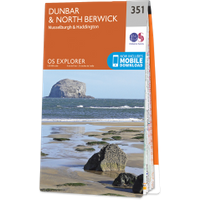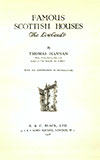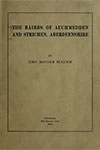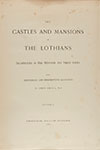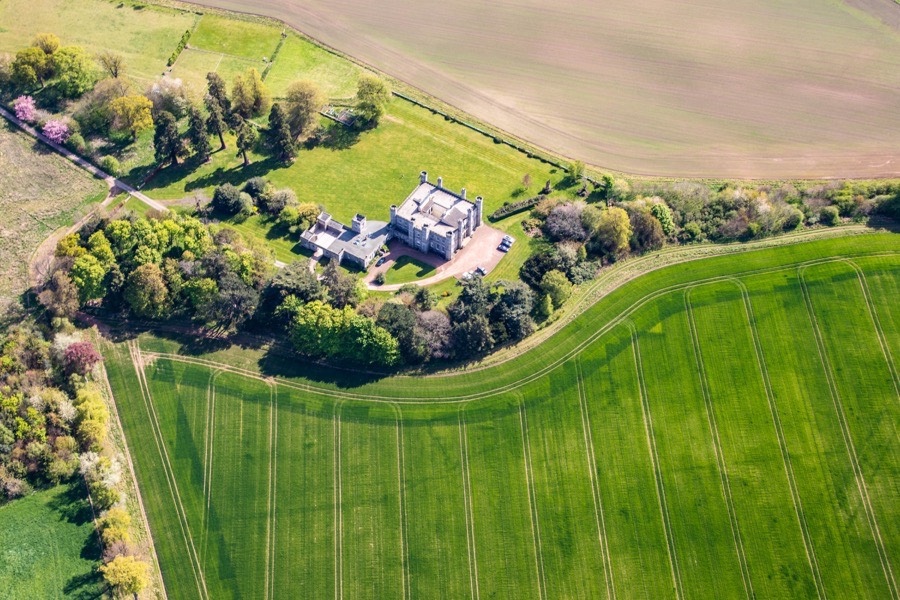

Newbyth House is an early 19th century Gothic castellated mansion but is built on the site of an earlier tower house.
The property was owned from the middle of the 17th century by a branch of the Baird family who descended from the Bairds of Auchmedden in Aberdeenshire. James Baird, a younger son of George Baird of Auchmedden, bought land at Byth, also in Aberdeenshire, early in the 17th century but later became an advocate in Edinburgh.
James Baird of Byth‘s eldest son, Sir John Baird, also became an advocate and served as Commissioner for Aberdeenshire in the Parliament of Scotland. Following the death of his father in 1655 he sold the family’s Aberdeenshire properties since they were an unpractical distance from his work in Edinburgh, and a few years later he bought an estate near Foord and Whitekirk in East Lothian which was erected into the barony of Newbyth. He was created a Lord of Session in 1664 and given the title Lord Newbyth, and around 1667 he also bought Gilmerton to the south of Edinburgh.
Newbyth may be marked on Hondius’ map of 1630 although it isn’t named. A large enclosure with a tower house and parkland is shown encircled by the properties of Waughton, Myrylam, Balgon, Girwell, Fuird, Whytkirk and Hill.
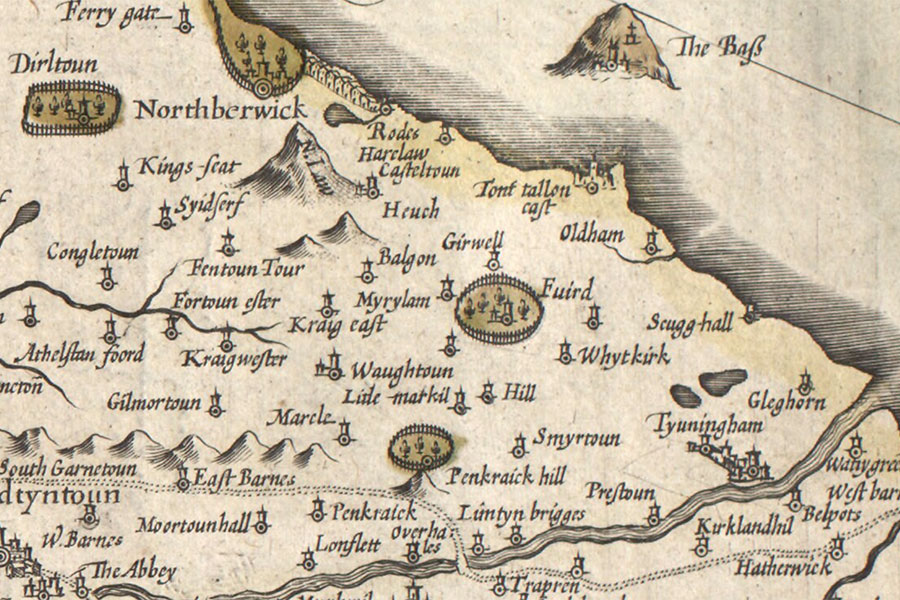
Hendrik Hondius, Amsterdam, 1630map image courtesy of NLS
Newbyth doesn’t appear to be named on Blaeu’s mid-17th century map of the Lothians either, although in this case it has been suggested that Myrylaw could represent Merrylaws just to the north of Newbyth and by extension that this could be the site of the original tower. However again there is no name attached to the enclosure, with Myrylaw actually denoting a tower just to the north-west of it.
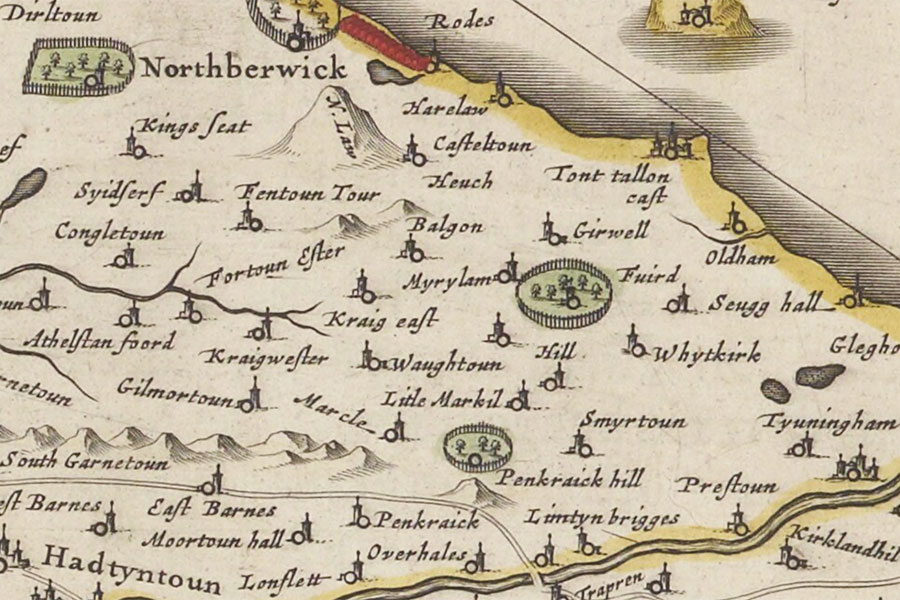
Joan Blaeu, Amsterdam, 1654map image courtesy of NLS
Both the Hondius and Blaeu maps were based on Timothy Pont’s late 16th century maps and this may suggest that there was already a castle on the estate which Sir John bought, the name of which has been forgotten. Around 30 years later Newbaith appears on Adair’s map of East Lothian from 1682 showing it as a large house within a walled enclosure containing parkland immediately to the north of the Peffer Burn.

John Adair, 1682map image courtesy of NLS
Following Sir John’s death in 1698 he was succeeded by his only surviving son, Sir William, who was made a baronet by Charles II in 1680. Early in the 18th century Sir William commissioned a grand new Palladian mansion at Newbyth which was illustrated by William Adam in Vitruvius Scoticus, although it isn’t clear if Adam actually designed the building. Upon his death in 1737 Newbyth passed to his eldest son, Sir John Baird, however he died just eight years later and Newbyth passed to his second cousin, William Baird, grandson of Sir Robert Baird of Saughton Hall.
William’s children pre-deceased him and so upon his death in 1765 Newbyth passed to his eldest surviving brother, Robert Baird. In 1813 the central block of the house was destroyed by fire and in 1817 he commissioned the architect Archibald Elliot to build a new house which seemingly completely replaced the earlier building. His brother, General Sir David Baird, is sometimes given as the client however he seems not to have inherited the estate until Robert’s death in 1828.
The new house was in the Tudor Gothic style and consisted of two storeys plus a basement with crenellated octagonal turrets and parapet. Adjoining the main block was a single storey library wing with a service basement below.
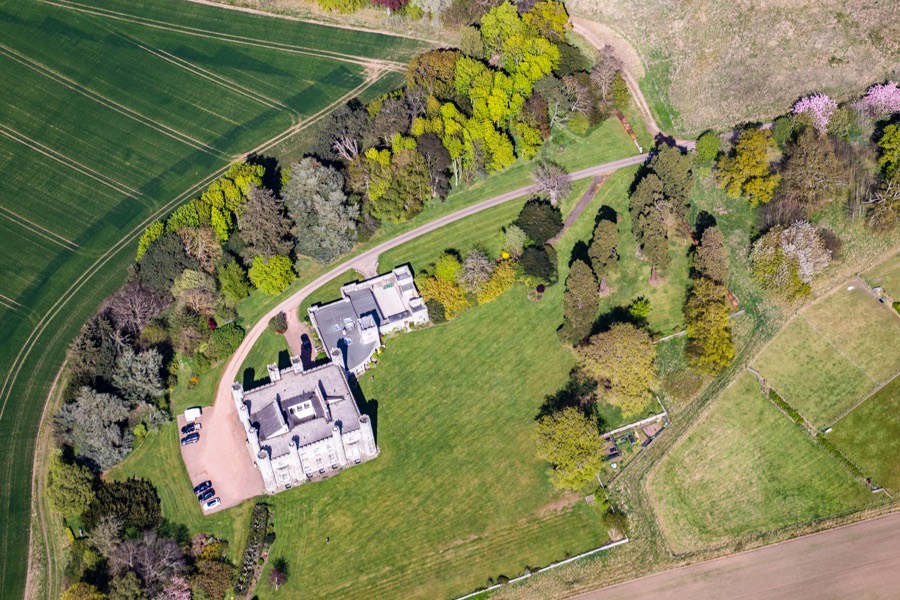
The General’s tenure was short-lived, dying in 1829, and Newbyth passed to his nephew, Robert’s son, also Sir David, who was a captain in the Army. In 1832 he commissioned William Burn to make additions to the house including the creation of a two storey crenellated square tower incorporated into the corridor connecting the main house with the library wing and the building of the east lodge house. Sir David was a keen golfer and was one of the founders, and the first Captain, of the North Berwick Golf Club in 1843.
Following Sir David’s death in 1852 Newbyth passed to his eldest surviving son, another Sir David, who became a major in the Army. He married, in 1864, Ellen Stuart, third daughter and co-heiress of Charles Stuart, 12th Lord Blantyre. Lord Blantyre’s son having predeceased him, Sir David’s younger son, William, was served as heir to his grandfather and his estates of Erskine House, Cardonald, Lennoxlove and Wedderlie which he inherited in 1900. Sir David’s elder son, yet another Sir David, inherited Newbyth upon his father’s death in 1913.
Sir David found the upkeep of Newbyth a struggle and, expecting to die before his brother, signed an agreement making the estate over to William. William’s finances too were under pressure which led him to sell Erskine House in 1910 and Cardonald in 1926. He died in 1933 and Newbyth and Wedderlie passed to his eldest son, Sir David, with Lennoxlove passing to his younger son, Robert.
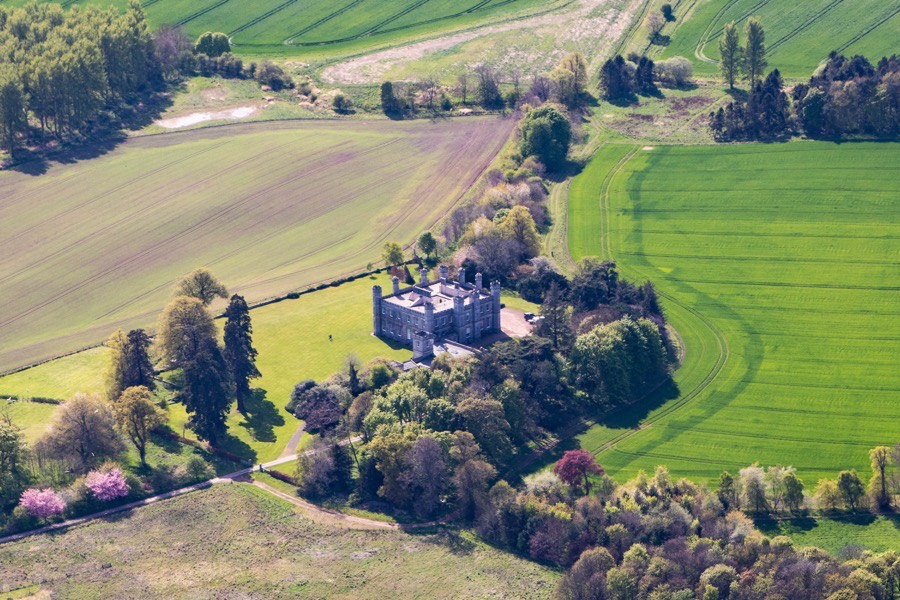
During the Second World War Newbyth was used by the Army and as a convalescent home by the Red Cross. The Bairds’ uncle, Sir David, died in 1941 and in 1946 the younger Sir David sold Newbyth with the estate being broken up. The farms of Newbyth and Whitekirk were sold to their sitting tenants, James Gardner and William Main respectively, and the majority of the remaining lands were sold to Irvine Chalmers Watson from Fenton Barns who built a new Newbyth House in 1949.
The older Newbyth House, now referred to as Newbyth Old Mansion, was initially offered for sale to the Sisters of the Paraclete but when they didn’t buy it Chalmers Watson stepped in. He sold it on to the Ministry of Defence along with seven acres of land and it was used by them as a store. During their ownership the condition of the building deteriorated, old Chinese wallpaper was damaged and lead stripped from the roof.
Around 1970 the house and grounds were bought by a property developer, Robin Jell, who planned to convert the house into nine apartments. Not long after work started, on the 24th of June 1972 the house was gutted by fire. The conversion still went ahead, with six flats in the main house and one in the library wing, and was completed in 1973.
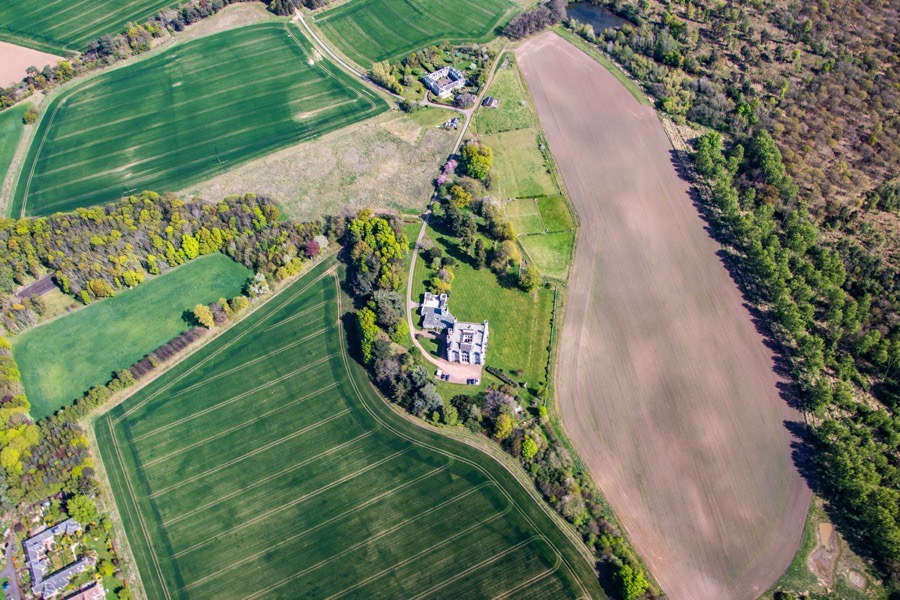
A walled garden, ornamental urn and stables, also converted into flats, from 18th century still survive. A large double lectern doocot once stood to the south-east of the house but this was removed in 1987. The former dining room of the 19th century house is apparently still lined with wood panelling which came from Clerkington House near Haddington, demolished in 1962.
Alternative names for Newbyth
New Beath; Newbaith; Newbaithe; Newbyth House; Newbyth Old Mansion; Newbyth Old Mansion House; Old Mansion House


